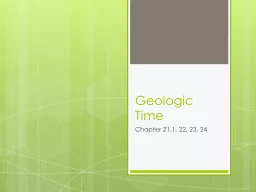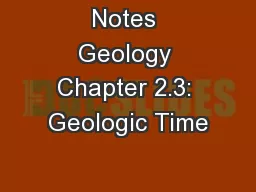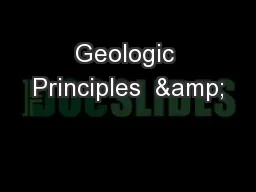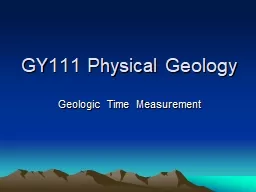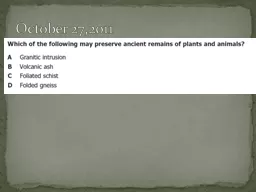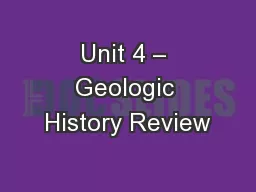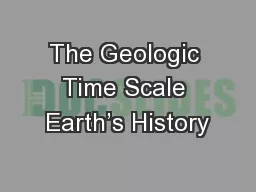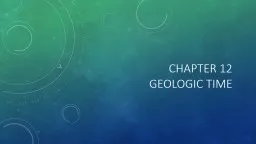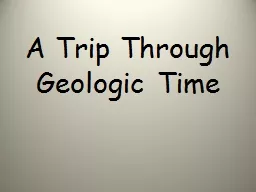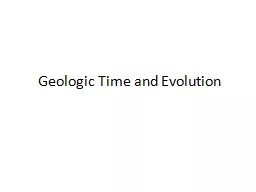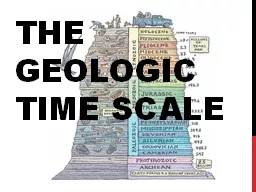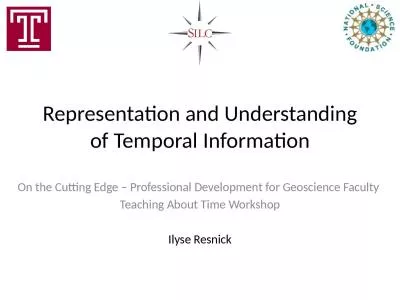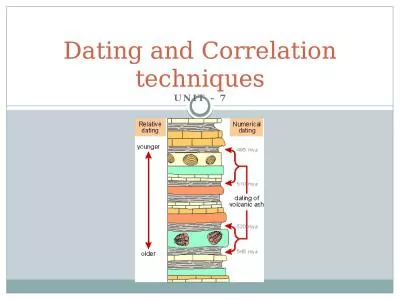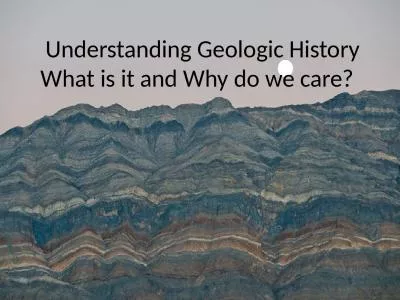PPT-Geologic Time
Author : tatyana-admore | Published Date : 2016-04-07
Chapter 211 22 23 24 Why do we care By studying the characteristics of rocks and fossils within them geologists can interpret The environment the rocks were deposited
Presentation Embed Code
Download Presentation
Download Presentation The PPT/PDF document "Geologic Time" is the property of its rightful owner. Permission is granted to download and print the materials on this website for personal, non-commercial use only, and to display it on your personal computer provided you do not modify the materials and that you retain all copyright notices contained in the materials. By downloading content from our website, you accept the terms of this agreement.
Geologic Time: Transcript
Download Rules Of Document
"Geologic Time"The content belongs to its owner. You may download and print it for personal use, without modification, and keep all copyright notices. By downloading, you agree to these terms.
Related Documents

